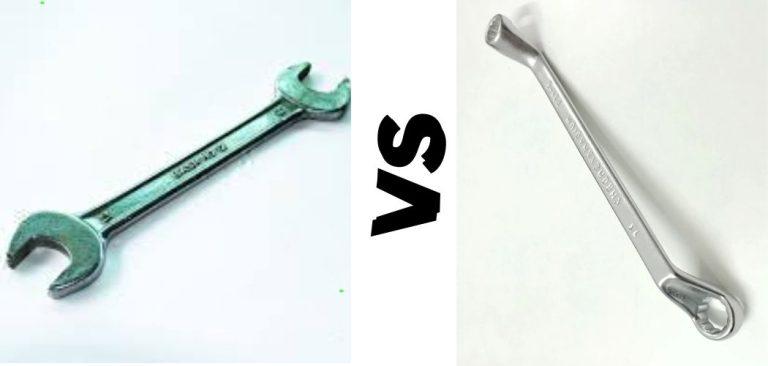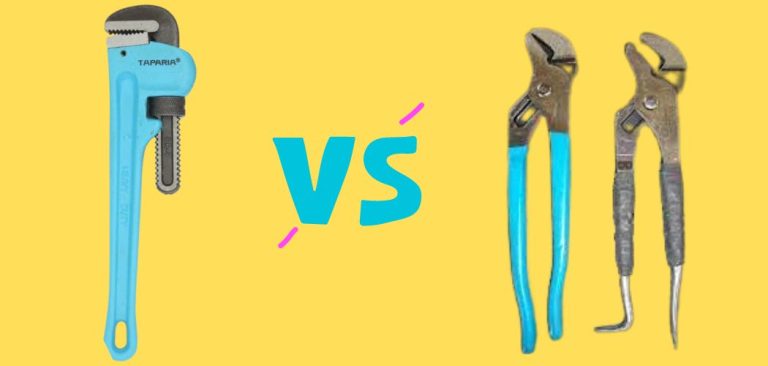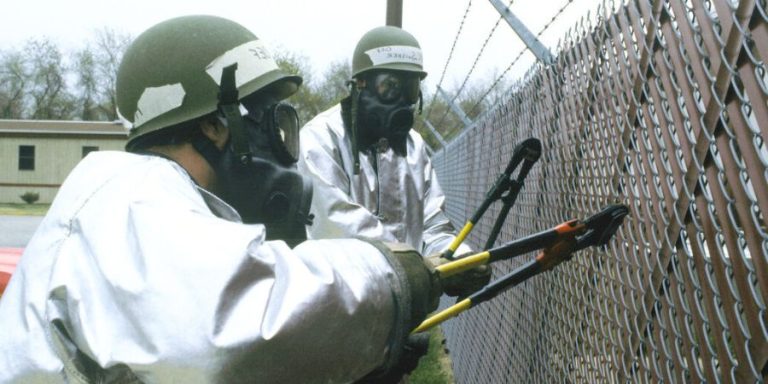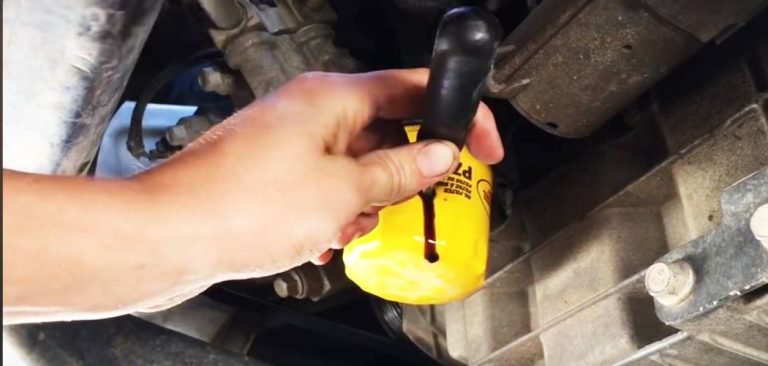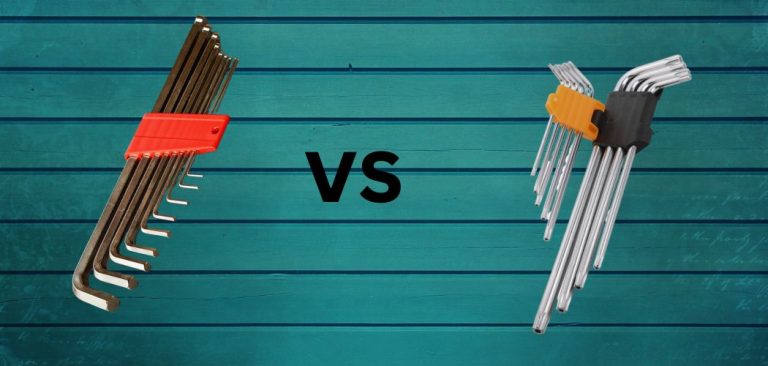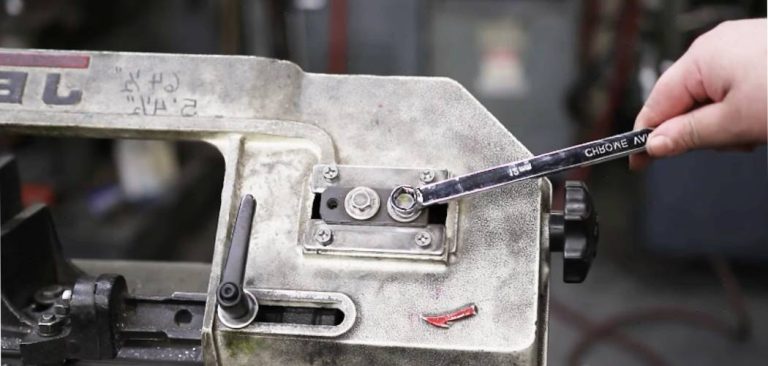Ratchet Vs Breaker Bar
In this article, we will delve into the world of automotive tools and explore two commonly confused instruments: the ratchet and the breaker bar. While many people use these tools interchangeably for similar tasks, understanding their unique purposes and features is crucial to avoid costly mistakes.
So, join me as we unravel the differences between a ratchet vs breaker bar in detail. Let’s embark on this informative journey together.
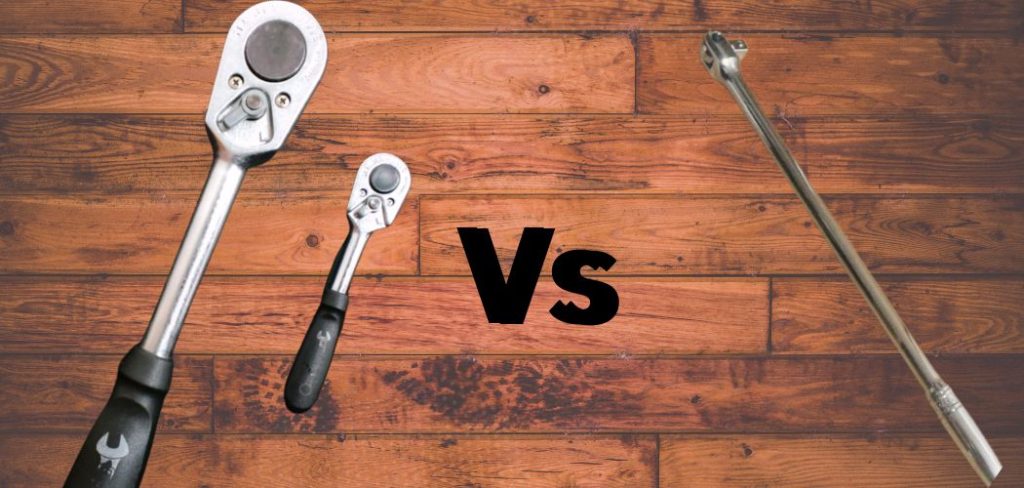
What is the Purpose?
Ratchet
A ratchet is a tool that permits motion in one direction while preventing it in the opposite direction. It’s used for controlled tightening or loosening of nuts, bolts, and fasteners.
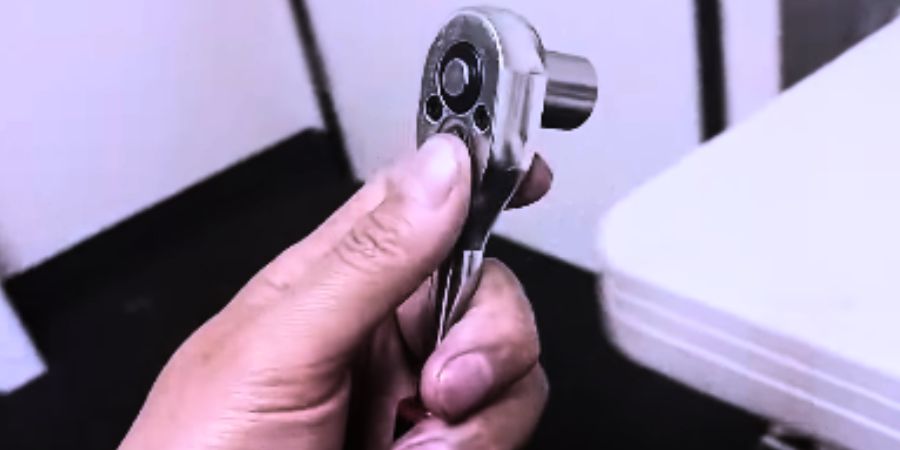
Common in automotive, construction, and household tasks, ratchets simplify repetitive actions and work in confined spaces. They’re found in socket sets, wrenches, and various mechanical systems, enhancing efficiency and ease of use.
Breaker Bar
A breaker bar, or power bar, offers increased torque for loosening tough fasteners. Its extended handle generates more force with less effort, aiding in breaking tight connections.
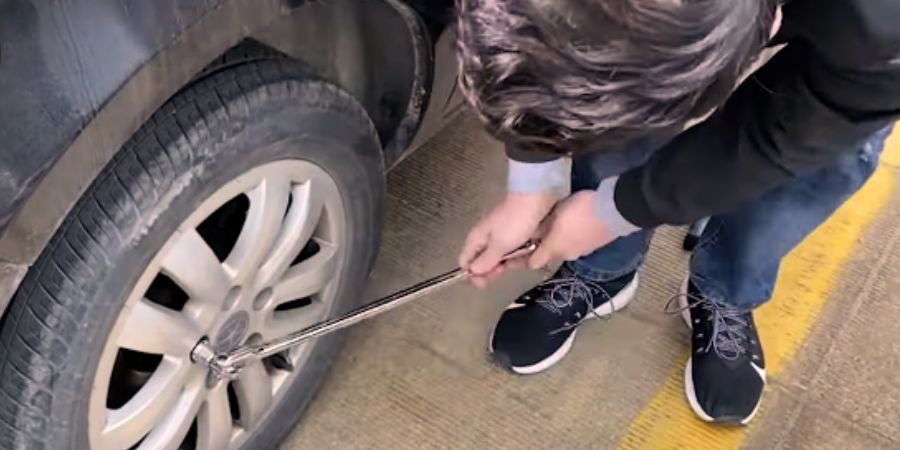
Unlike ratchet wrenches, it lacks a ratcheting mechanism, making it stronger for high torque. This prevents ratchet damage. Breaker bars, often made of chromium-vanadium steel, withstand intense force without breaking. They’re essential for tackling stuck or rusted fasteners where standard wrenches fall short.
What is the Actual Difference Between a Ratchet and a Breaker Bar?
In mechanics, the choice between a ratchet and a breaker bar holds significance. Guide your tool selection with precision while dissecting its unique features, from controlled torque to unyielding strength. Let’s learn about the key differences between ratchet vs breaker bar.
Step 1: Function
A ratchet is a tool designed for turning nuts and bolts using a gear-driven mechanism. It allows motion in only one direction while preventing the opposite motion.
On the other hand, a breaker bar is a long bar used with socket wrench-style sockets. Its primary function is to provides extra torque for loosening extremely tight or rusted fasteners.
Step 2: Torque Generation
Ratchets are engineered to offer controlled torque application. Their mechanism allows you to apply force in one direction while maintaining the tool’s position in the other.
A breaker bar is optimized for generating higher torque due to its extended handle. This makes it especially effective for situations requiring significant force, such as breaking loose stubborn fasteners.
Step 3: Use for Stuck Fasteners
Ratchets are suitable for tasks involving fasteners with well-maintained threads. They might struggle when faced with tightly stuck or rusted fasteners, potentially risking damage to the ratcheting mechanism.
Breaker bars excel in situations where fasteners are extremely tight or corroded. Their superior torque and absence of a ratcheting mechanism make them the go-to choice for these challenging scenarios.
Step 4: Durability and Parts
Ratchets incorporate more moving parts due to their reversible mechanism. This complexity can lead to increased wear and the possibility of parts failing over time.
In contrast, breaker bars have a simpler design with fewer parts, making them sturdier and more reliable for heavy-duty applications that demand consistently high torque.
Step 5: Direction Change and Positioning
Ratchets feature a built-in mechanism for changing direction swiftly, making them convenient for tasks requiring back-and-forth motion. However, this mechanism can occasionally cause the ratchet to end up in an inconvenient position in confined spaces.
Breaker bars lack the direction-changing switch, which eliminates the risk of ending up in the wrong position. It makes them more advantageous for working in tight spaces where frequent repositioning might be challenging.
Step 6: Angle Options
Ratchets provide greater angle options, allowing mechanics to work comfortably in various positions. The ratcheting mechanism enables easy maneuvering.
In contrast, breaker bars offer fewer angle options due to the absence of a ratcheting feature. This limitation can be a drawback when working in tight or awkward spaces.
Step 7: Speed and Versatility
Ratchets are known for their speed and versatility. Their ability to turn fasteners quickly makes them suitable for a wide range of tasks.
Breaker bars are slower to completely remove fasteners, as they are primarily designed for breaking loose stuck ones. They are less versatile but excel in their specialized role.
Step 8: Material and Strength
Ratchets are typically constructed from materials that offer a balance between strength and usability for everyday tasks.
Breaker bars need to withstand higher torque levels. As a result, they are often crafted from tougher materials like chromium-vanadium steel, known for its durability and resistance to high torque forces.
Step 9: Handle Length and Torque
Ratchet handles are relatively shorter, which limits the amount of torque that can be applied. They are suitable for moderate force applications.
Breaker bars feature longer handles, enabling greater torque generation due to the increased leverage from the longer lever arm. This makes them ideal for tasks requiring substantial force.
What is the Different Size of Ratchet and Its Price?
The size of a ratchet typically refers to the drive size, which is the square socket opening where the socket attaches. Common sizes include 1/4 inch, 3/8 inch, and 1/2 inch.
The price of ratchets varies widely based on factors such as brand, quality, features, and included accessories. Basic ratchets can start at around $10 to $20, while more specialized or premium options can range from $30 to $100 or more. High-end, professional-grade ratchets from reputable brands might be even pricier.
What is the Difference in the Size of the Breaker Bar and Its Price?
Breaker bar prices vary based on size (1/2-inch, 3/4-inch, 1-inch drive), brand, and features. Approximate prices for a 1/2-inch drive start at $20-$30, while heavy-duty 3/4-inch and 1-inch drive bars begin around $50-$70 and $80-$100, respectively. Prices fluctuate with quality, design, and additional features.
Pros and Cons of Using Rachet and Breaker Bar:
Ratchets are versatile tools commonly used in mechanics and various DIY projects. Here are the pros and cons of ratchets:
Ratchet
Pros of Using a Ratchet:
- Ease of Use: Offers consistent torque while preventing backward movement.
- Versatility: Adaptable to different socket sizes for various fasteners.
- Compact Design: Fits into tight spaces.
- Time-Efficient: Continuous motion saves time during repetitive tasks.
Cons of Using a Ratchet:
- Limited Torque: Not suitable for heavy-duty tasks like breaker bars or impact wrenches.
- Manual Operation: Requires physical effort during extended use.
- Less Speed: Slower than impact wrenches for rapid fastener removal.
- Risk of Stripping: Incorrect use can damage fasteners.
- Limited Reverse Action: Some ratchets have restricted reverse motion.
- Complex Mechanism: Quality concerns might lead to wear or failure over time.
Breaker Bar
It is often used in automotive, construction and mechanical applications. Here are the pros and cons of using a breaker bar:
Pros of Using a Breaker Bar:
- Increased Leverage: Easier loosening of tight or rusted fasteners.
- Versatility: Works with various socket sizes and fasteners.
- Prevents Damage: Reduces the risk of damaging bolt heads or fasteners.
- Time Savings: Makes loosening stubborn fasteners faster.
- Accessibility: Fits into tight spaces.
Cons of Using a Breaker Bar:
- Space Limitations: Challenging to use in confined areas.
- Storage: Long lengths can make storage and transport tricky.
- Weight: Heavier than standard wrenches, causing fatigue.
- Precision: Reduced precision in applying force.
- Specialized Use: Not ideal for precise torque applications.
- Safety Concerns: Risk of sudden tension release, requiring caution.
Conclusion
In this article, we’ve thoroughly explored the distinctions between the ratchet and breaker bars, shedding light on their individual uses and functionalities.
I appreciate your time and attention in reading this piece, and I’m open to hearing your thoughts and opinions in the comments below. If you found this article valuable, please share it with your friends and fellow enthusiasts. I conclude by extending my best wishes to you.
- Read also:-
- Allen Key Vs Torx
- Box-end Wrench Uses

